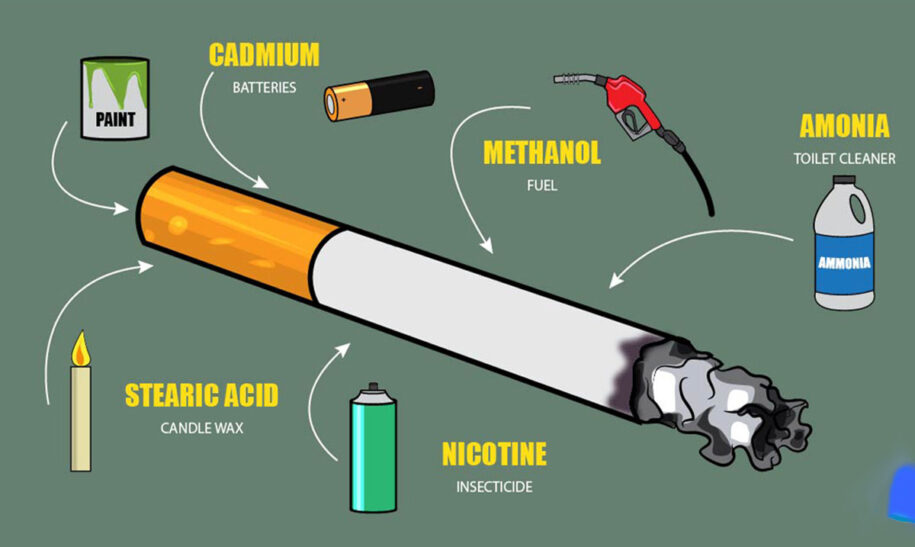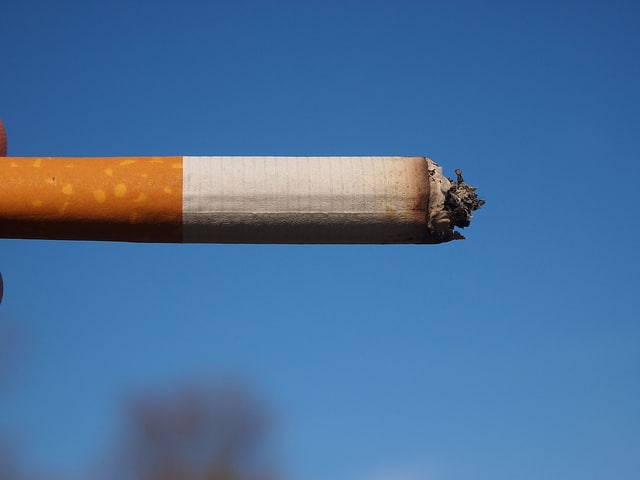
One Puff Of E-Cig Increases Chance Of Heart Attack, New Research Finds
Recently many people have made the phenomenal swap from cigarettes to electronic vaporizers, or E-cigs. While anything is better for you than a cigarette, new research finds that E-cigarettes are rather dangerous too.
Many people have made the switch from tobacco cigarettes to electronic cigarettes, especially in the past few years. However, new research suggests that just one puff of an electronic cigarette could increase your chances for heart disease and even a heart attack. The research was performed by the American Physiological Society (APS) after conducting tests on lab mice.
The researchers conducted tests on mice that showed the effects of five minutes of vape exposure. Just five minutes of vapor exposure caused the mice’s arteries to narrow by a significant 30% within just one hour! Narrowed arteries are one of the primary symptoms of heart disease and put you at risk for having a serious heart attack or stroke. The researchers also discovered that the mice’s blood vessels were less capable of dilating after exposure. This is necessary for your body to be able to lower your blood pressure.
The mice were also given long-term exposure to vaping, approximately 20 hours per week over the course of an eight-month period. The vape exposed mice had developed stiffer arteries. In fact, the mice who had been exposed had over twice the stiffness than mice who have been exposed to nicotine.
Researchers who conducted the study came to the following conclusion:
These data indicate that e-cigs should not be considered safe and that they induce significant deleterious effects.
Smoking, vaping, or inhaling anything but the air is probably not a good idea, to begin with. Smoking is a habit of the past! We just started to really kick it, let’s not replace it with vaping. Smoking is bad for you in basically all forms – so stop trying to sub it out for something else! Just kick the habit as a whole!


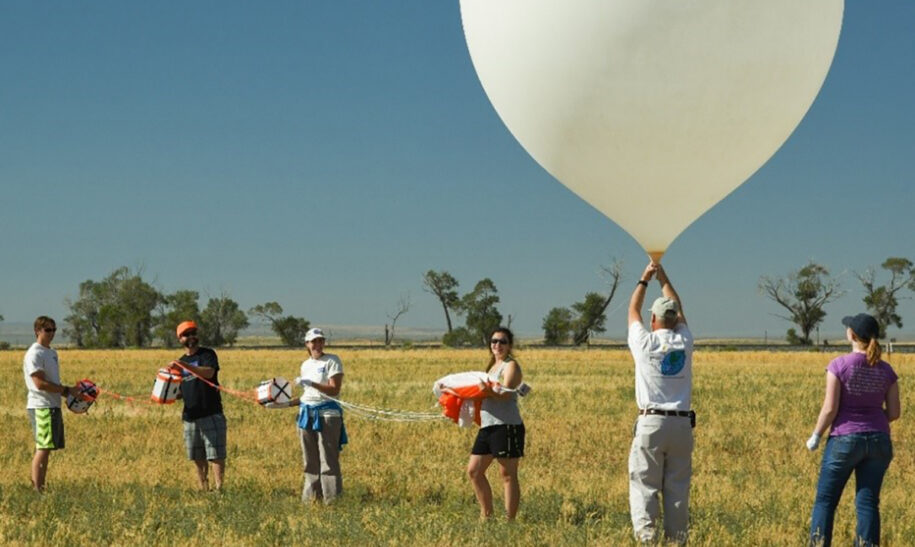
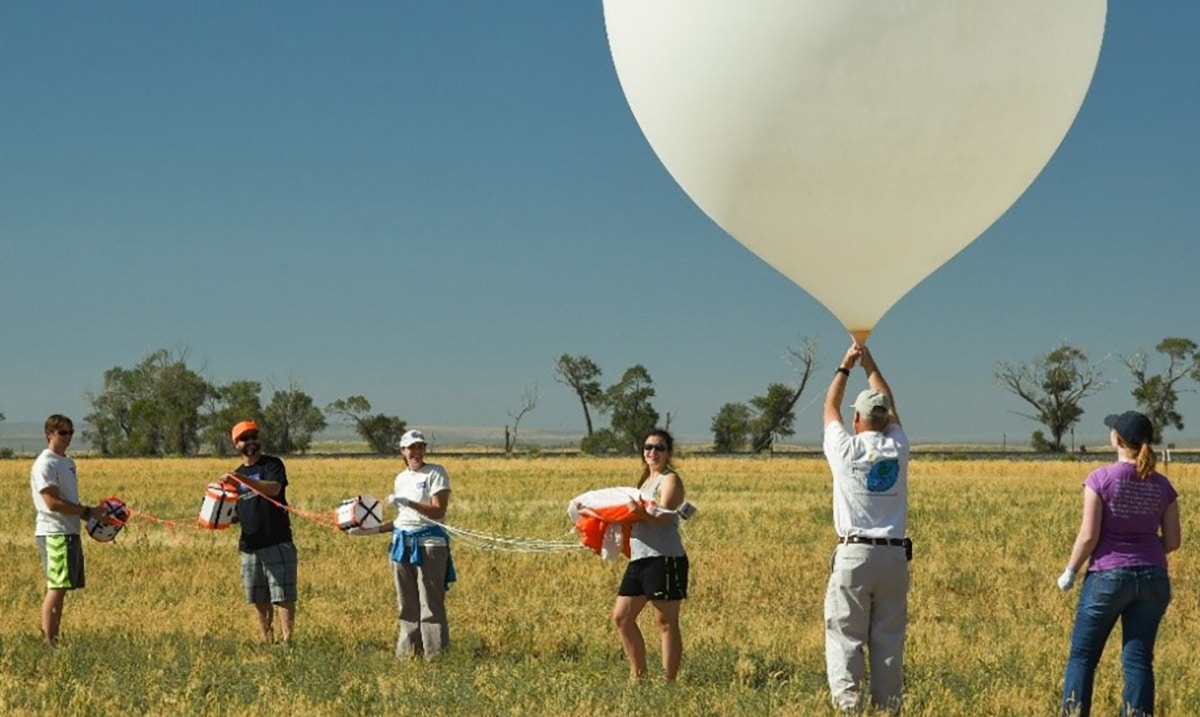
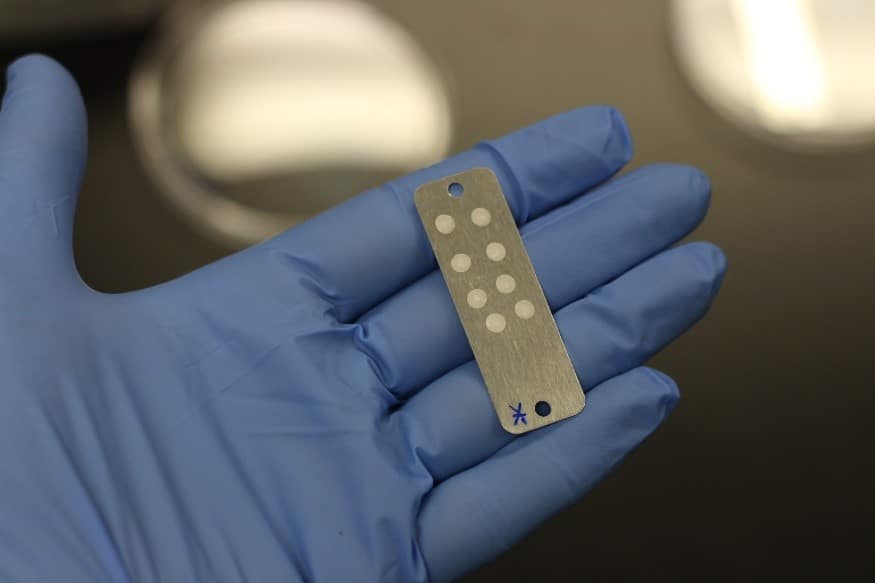

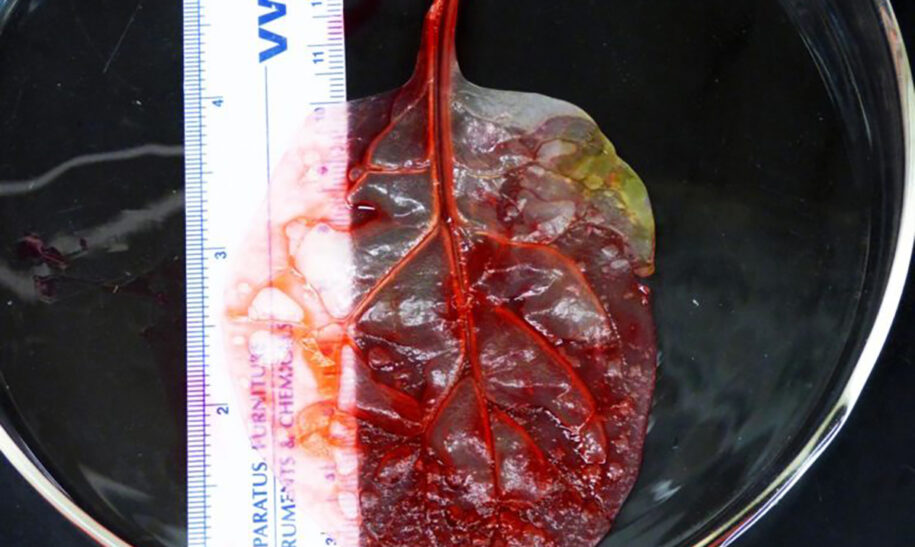
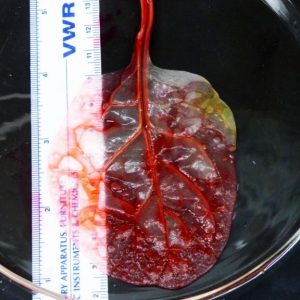 reported by the journal Biomaterials.
reported by the journal Biomaterials. 
